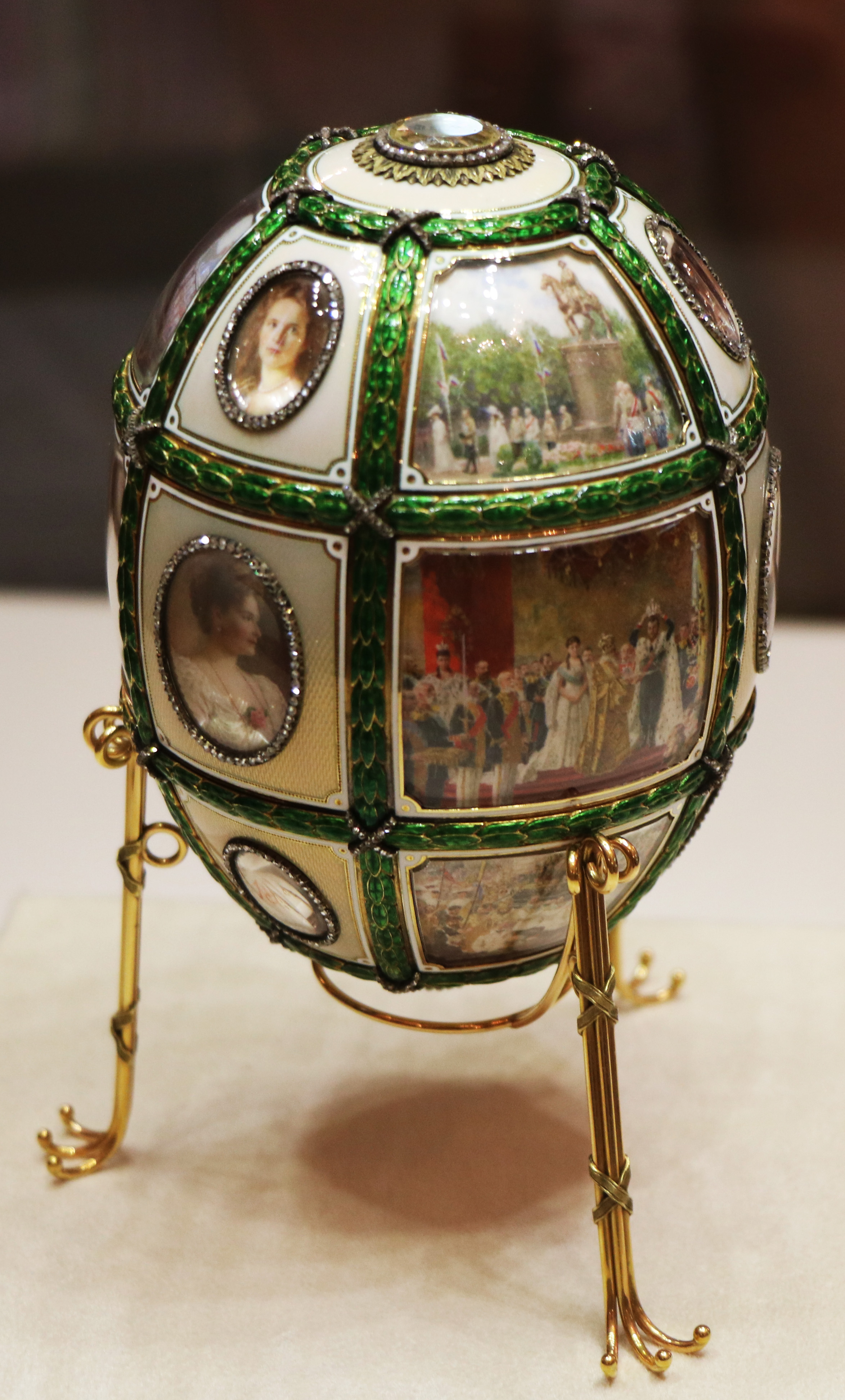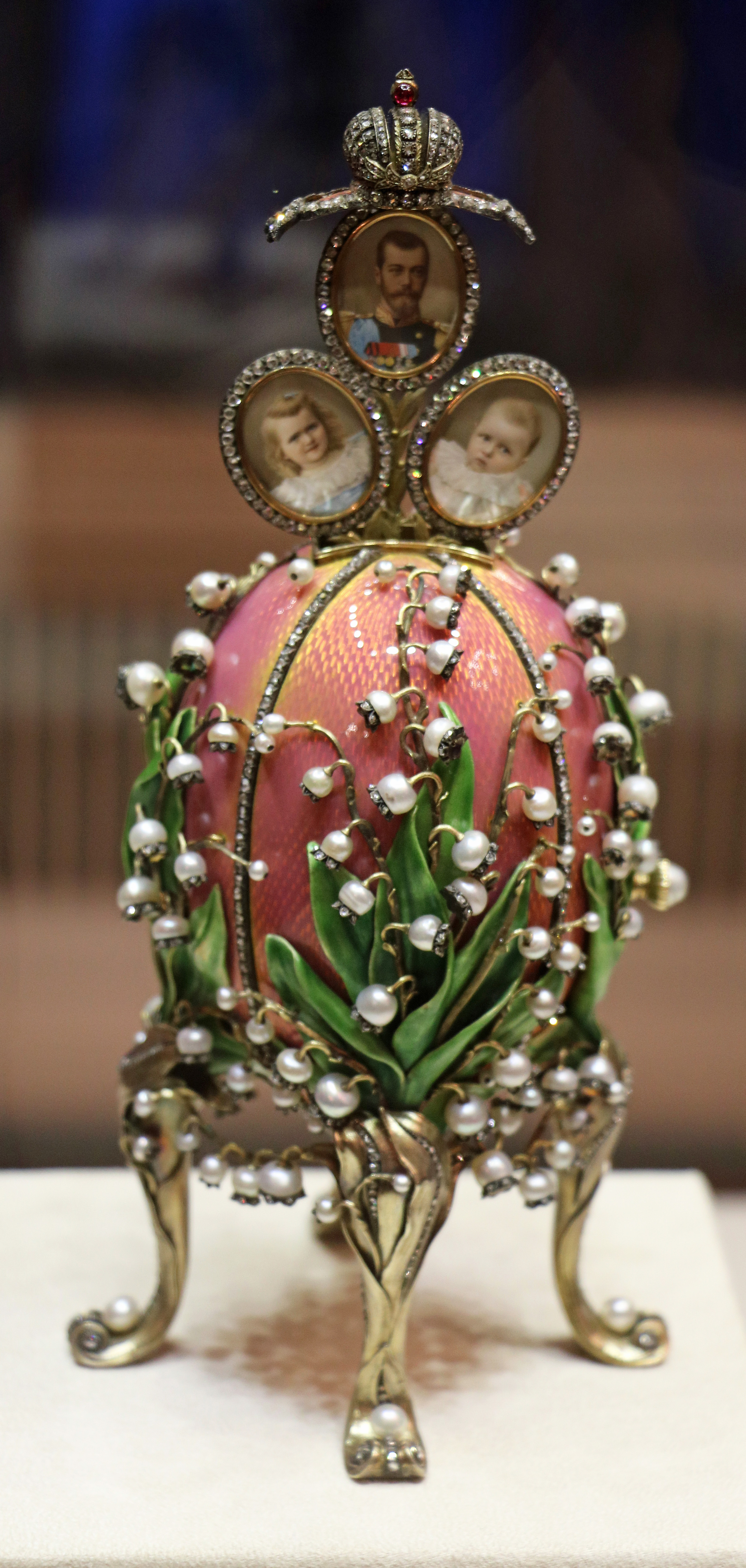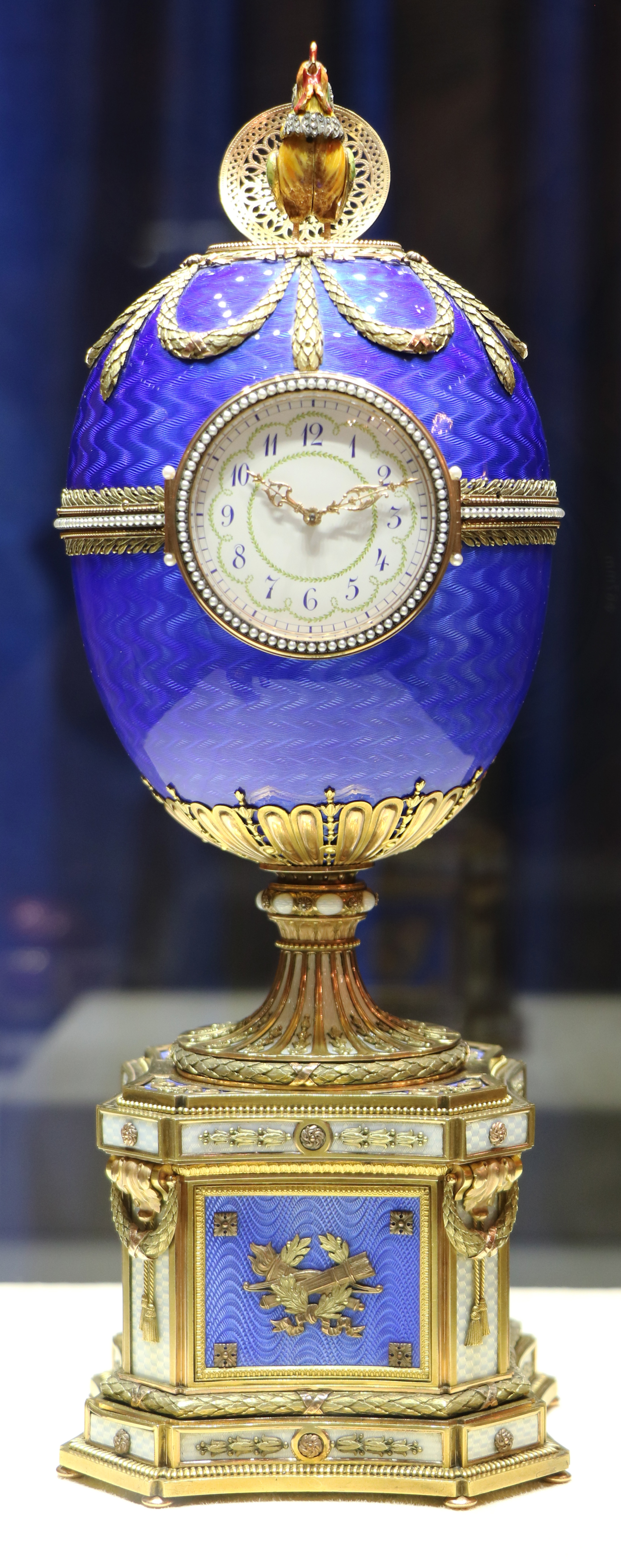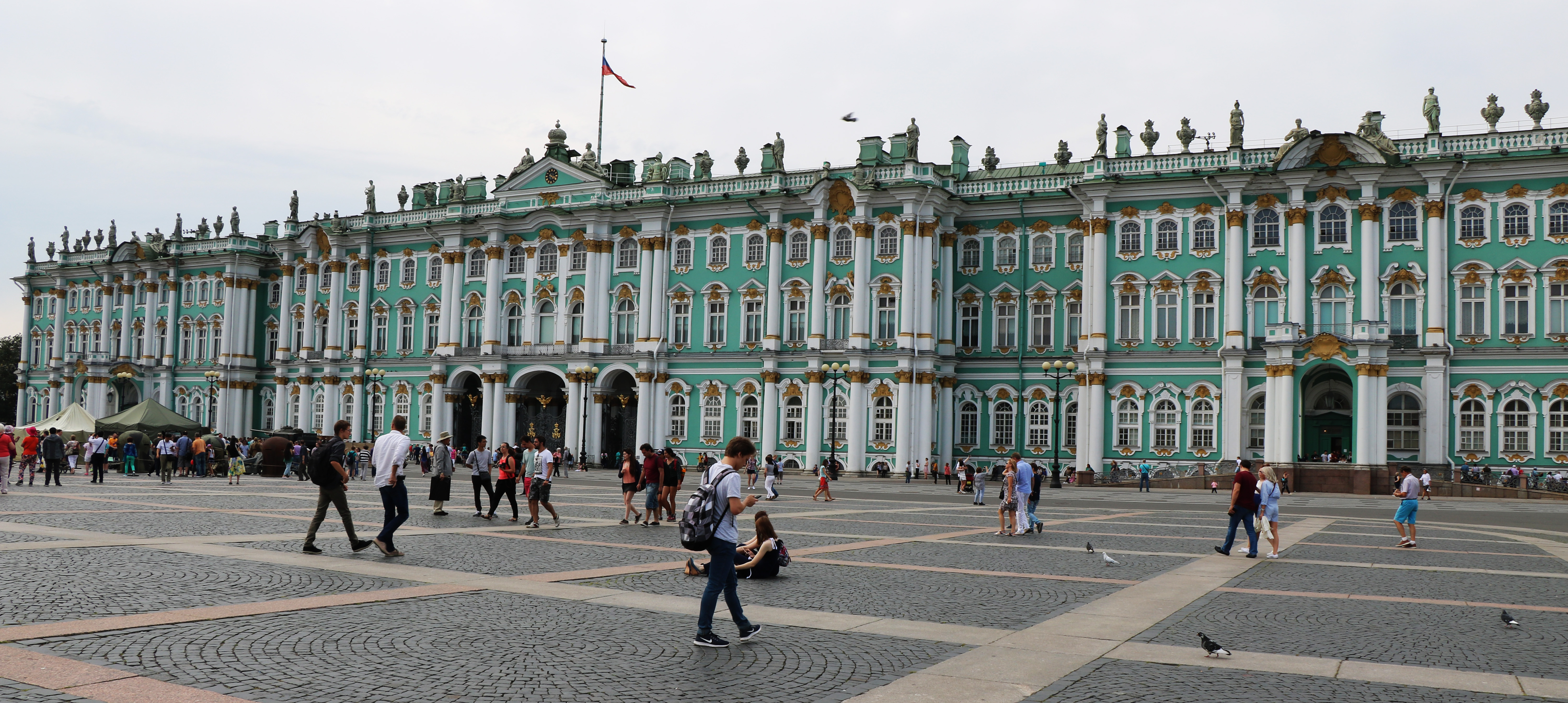ST. PETERSBURG, RUSSIA — This is a city that doesn’t do anything by halves, when you consider that it has more than two hundred museums and, before the revolution, a thousand or so palaces. The best known is one of the city’s most familiar landmarks, the huge Winter Palace of the Czars, which overlooks the south bank of the Neva River. The original, a modest wooden structure, was built for Peter the Great, but later replaced by the current building, its design approved by Empress Elizabeth in 1754.
The Hermitage Museum, home to the world’s largest collection of paintings, is part of the Winter Palace. This art lover’s dream has works by artists including Rembrandt, Leonardo da Vinci and Picasso, although it is so vast it would take many days to see even half of the exhibits there.
Talking of museums, one of the highlights of my trip was a visit to the Fabergé Museum, which is in the lavish surroundings of Shuvalov Palace. I wanted to see the nine imperial Fabergé eggs, the world’s largest collection of its kind, which once belonged to the royal Romanov family. Tours here are limited in number, making it easy to have a good look at the eggs in their glass cases. Some of the eggs open to reveal exquisite miniatures. The gold, diamond and enamel Imperial Coronation Egg contains a gold miniature carriage, while there is a miniature hen and a painting on a diamond encrusted easel inside the diamond, ruby and enamel Hen Egg.



Above: The Fabergé Museum houses a priceless collection of the eggs.
Not that it’s only eggs here though, the exhibition includes 4,000 works of art, fine china, sculptures and religious icons. The items are all displayed in glass cases and so entrancing are they that it is easy to ignore the rooms of the palace itself, which, in any other situation, would draw gasps of admiration. Unlike the Hermitage, the Fabergé Museum allows visitors to photograph the stunning exhibits and I managed to snap all the eggs on display, including one that was on loan from another collection.
The following day I opted for a full day excursion to take in the prime sights of St. Petersburg and also allowed plenty of photo stops, one of which was the flamboyant, colourful, onion-shaped domes of the Church of the Resurrection of Christ. It is commonly known as the Church of the Saviour on Spilled Blood because it was the built on the site of Tsar Alexander 11’s assassination in 1881 and later used by the Soviets as a potato store during the Nazi siege of the city in World War II. Its interior, equally as colourful as the exterior, initially appears to be painted and gilded but actually consists of approximately 7,000 square metres of mosaic tiles depicting scenes and characters from the Bible.
While in church mode I also visited the impressive blue, white and gold St. Nicholas Cathedral. It was built between 1753 and 1762 in what was then the sailors’ quarter of the city and was named after St. Nicholas, patron saint of sailors.
The performing arts flourish in St. Petersburg too and the pretty green and white Mariinsky Theatre on aptly named Teatralnaya pl (Theatre Square), dating back to 1860, is home to ballet, opera and orchestral companies and is where Swan Lake was first performed in 1895.
Meanwhile, in nearby Nevsky Prospect, the city’s main street, pavements are lined with sushi bars, Middle Eastern shisha bars, Italian and Indian restaurant, curio shops, cinemas, clothing stores and a glut of nightclubs.

Above: The Winter Palace is one of the world's great buildings.
There’s certainly much to see in St. Petersburg but I felt I should explore a little further afield so took a 48km drive past endless anonymous blocks of flats to the coast of the Gulf of Finland to see the Palace of Peterhof. The Palace was the opulent home of Peter the Great, who was inspired by Versailles to build his own version with ornamental grounds and fountains. However much of what visitors now see was as a result of his daughter Elizabeth’s re-design. She created the current palace and vast formal gardens. If the word bling had been around in those days, the many gilded and shimmering statues would be a classic example; it makes Versailles look a little dowdy. While the building itself is more than magnificent, it’s the Grand Cascade that everyone wants to see. This series of terraces has more than 140 fountains and gilded statues. Manicured grounds surrounding the palace include still more elaborate fountains, gazebos, smaller palaces and woodlands where red squirrels feed from tourists’ hands.
On my last evening in town, the chef got into the spirit of things with a dinner menu that included caviar with blinis, Russian dumplings, borscht, chicken Kiev and stroganoff. Ah, and there lies another tale.
Earlier that day we had seen the Stroganov Palace, home to the Counts Stroganov, who in days gone by fed St. Petersburg’s poor with a beef stew, which included mustard and sour cream —that’s how beef stroganov, or stroganoff, started life.
If you plan to visit Russia, do make a point of visiting St. Petersburg. There’s no doubt this city is Russia at its finest and most relaxed. •